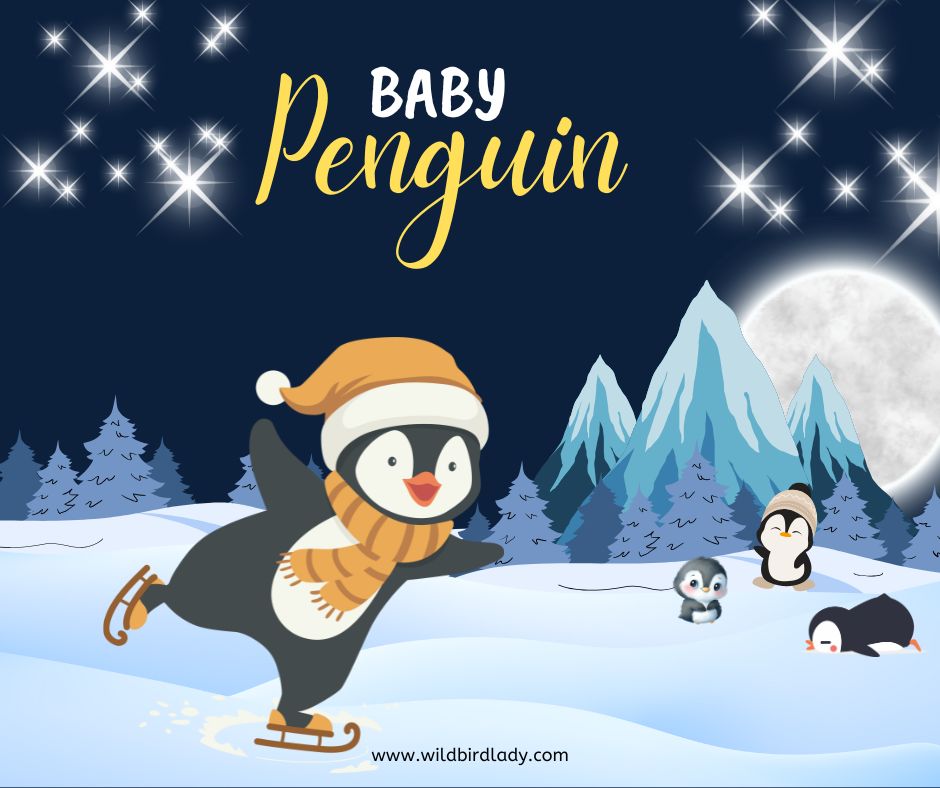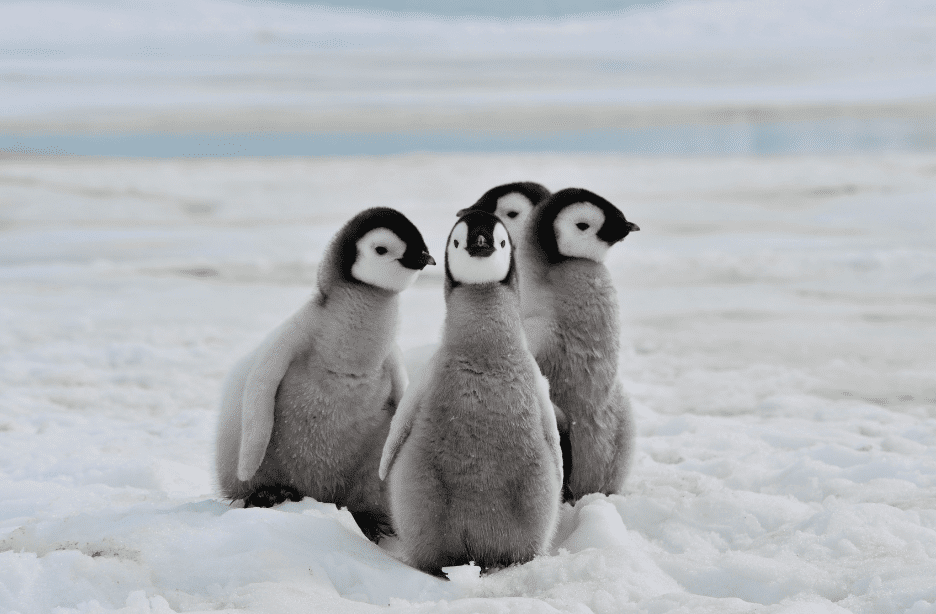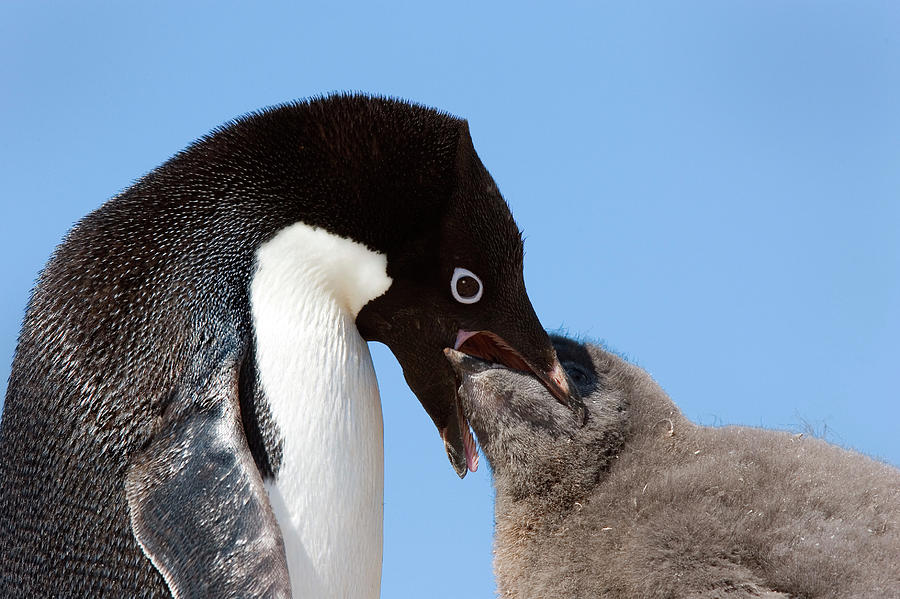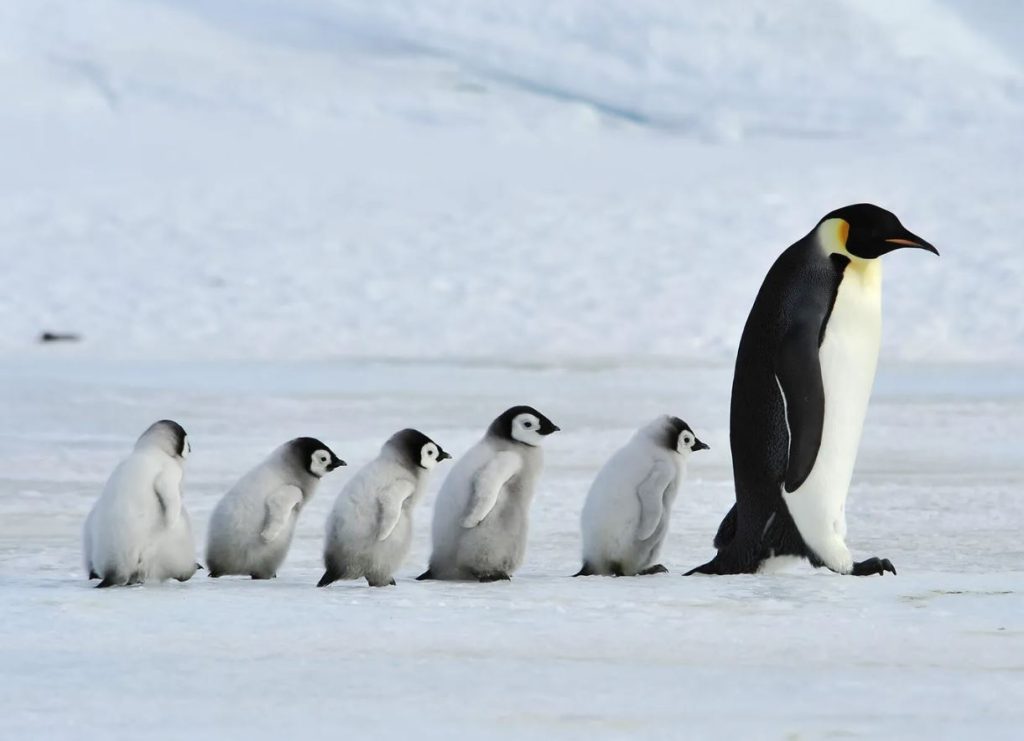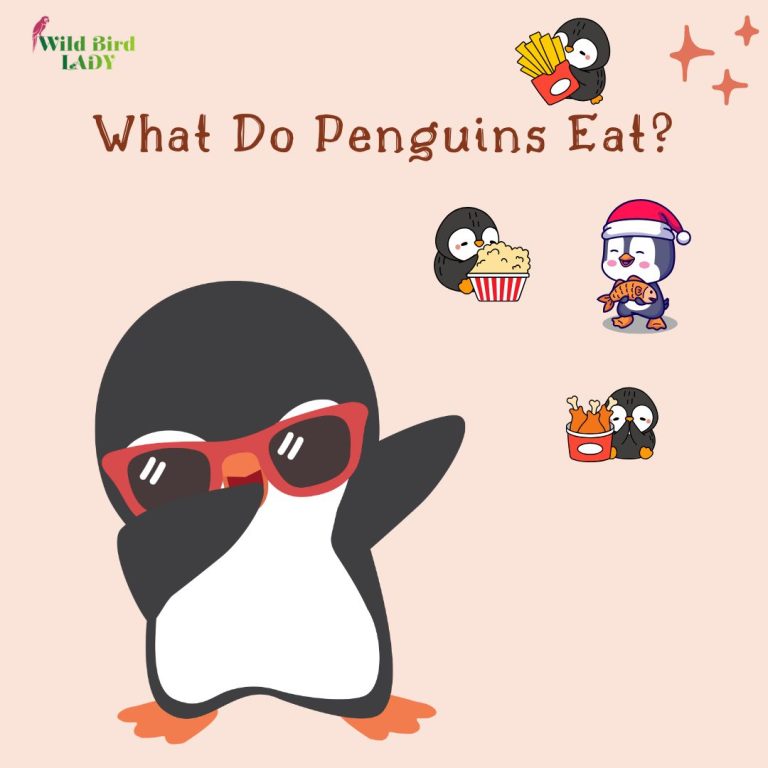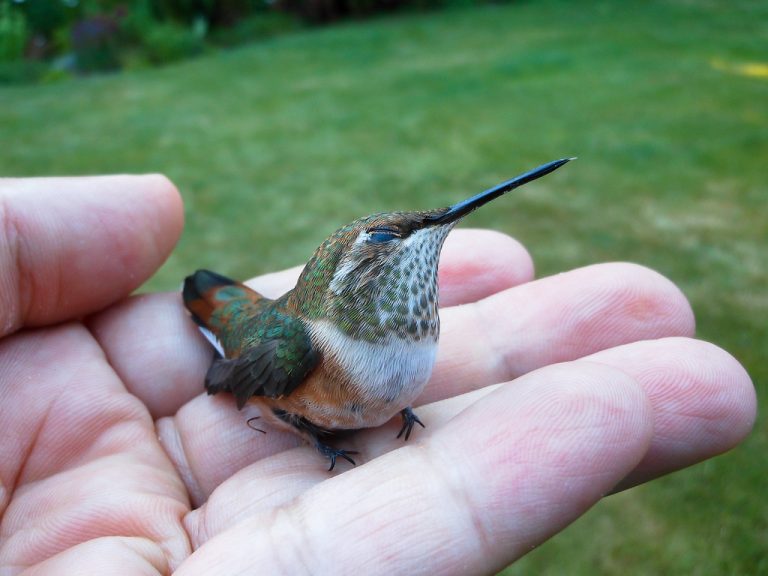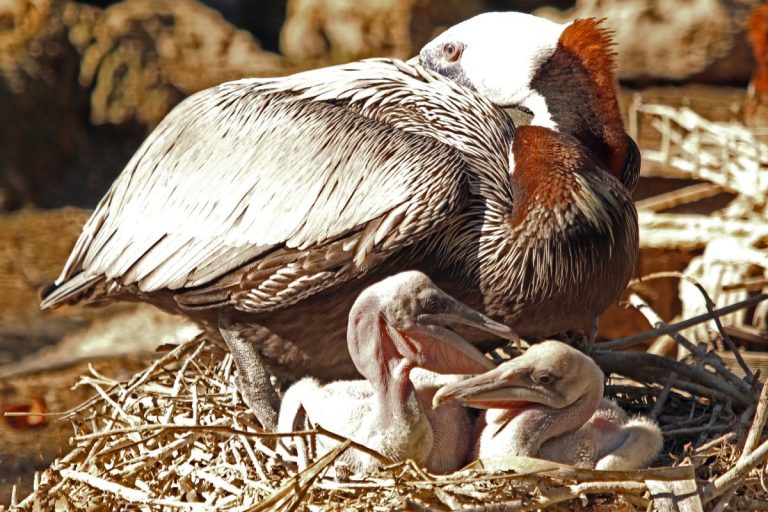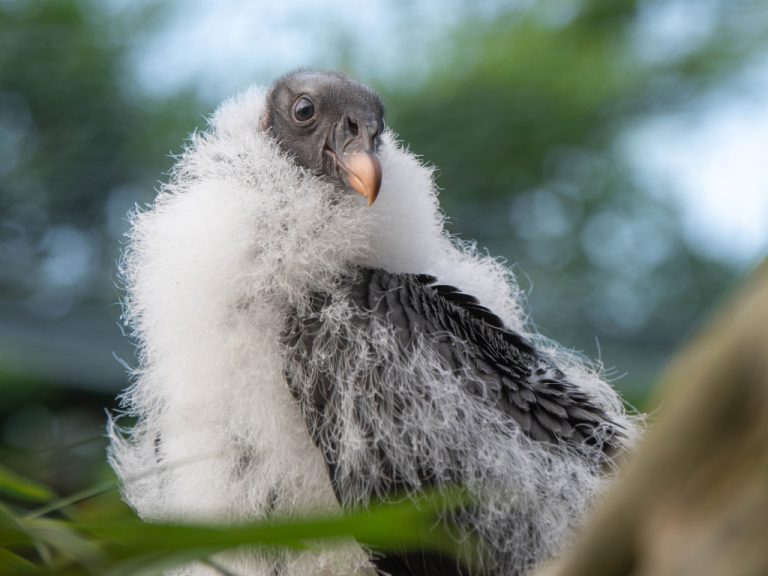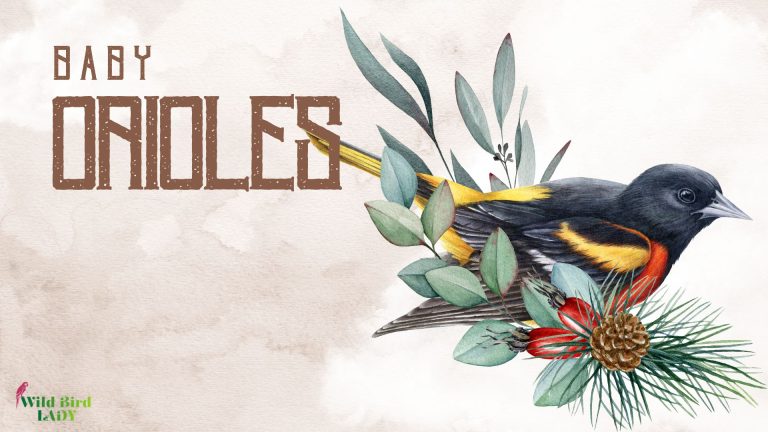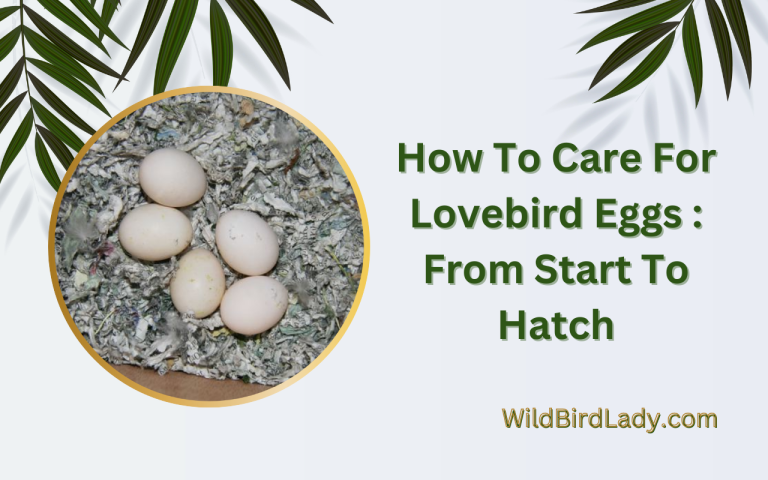Baby Penguin 101: What They Look Like, Eat, and How They Survive the Cold
There’s something undeniably heartwarming about a baby penguin. Their fluffy down feathers, awkward waddles, and soft peeping calls make them one of the most beloved animals on the planet. But behind that adorable appearance is a story of survival in some of Earth’s harshest environments.
Over the years, I’ve studied penguin behavior closely—from the rocky coasts of South America to the icy expanses of Antarctica. In this comprehensive guide, I’ll take you through everything I’ve learned about baby penguins: how they look, what they eat, how they survive freezing temperatures, and the incredible journey they go through before becoming full-grown seabirds.
What Is a Baby Penguin Called?
A baby penguin is commonly referred to as a chick. Like other birds, penguins hatch from eggs, and once they emerge, they rely entirely on their parents for warmth, food, and protection.
In species like the Emperor Penguin (Aptenodytes forsteri), these chicks are especially vulnerable. With no nest to protect them, they rely on the father’s brood pouch to stay warm. According to the British Antarctic Survey, these chicks hatch during the Antarctic winter and face wind chills as low as -60°C (-76°F). Survival at this stage is nothing short of miraculous.
What Do Baby Penguins Look Like?
Baby penguins don’t resemble the sleek, tuxedoed adults we typically imagine. They’re covered in soft, fluffy down that insulates them against the cold—but this plumage isn’t waterproof.
Here are some key features to help you recognize a baby penguin:
- Color: Most chicks are gray or brown with a lighter face or belly. Emperor Penguin chicks, for example, are silvery gray with a black head and white face.
- Size: They’re tiny at birth—only a few inches tall—and grow rapidly over the first few weeks.
- Beak and Eyes: Proportionally large eyes and shorter beaks give them a “cute” appearance, similar to many other baby animals.
As chicks grow, they go through a process called molting, where they shed their down and grow adult feathers. Only then can they safely enter the water and begin learning to swim and hunt.
Where and When Are Baby Penguins Born?
Different penguin species breed in different locations and seasons, depending on their environment.
- Emperor Penguins: Breed during the Antarctic winter (May–August). The female lays a single egg and returns to the sea, while the male incubates it on his feet for about 65 days.
- Adélie Penguins (Pygoscelis adeliae): Lay eggs in rocky colonies during the Antarctic summer.
- Galápagos Penguins (Spheniscus mendiculus): Can breed year-round, depending on food availability.
According to the Cornell Lab of Ornithology, penguin breeding is closely linked to oceanic conditions—particularly the abundance of krill and fish. If food is scarce, many pairs skip breeding entirely to conserve energy.
What Do Baby Penguins Eat?
Baby penguins don’t hunt for themselves. Instead, they’re fed by their parents—usually by regurgitation.
Here’s how it works:
- The parent hunts at sea and swallows fish, krill, or squid.
- Upon returning, the parent regurgitates the partially digested food into the chick’s mouth.
- Chicks beg for food by pecking at the parent’s beak and making high-pitched calls.
The diet varies by species and location:
| Penguin Species | Typical Chick Diet |
|---|---|
| Emperor Penguin | Fish, krill |
| Chinstrap Penguin | Krill, small fish |
| African Penguin | Sardines, anchovies |
| Galápagos Penguin | Small schooling fish |
A 2020 study in Marine Ecology Progress Series found that chicks fed on high-protein fish like sardines had higher survival rates than those fed mostly on krill—emphasizing how crucial food quality is for chick development.
The Harsh Reality: Surviving the Cold
Baby penguins are born into extreme environments, especially in Antarctica. Here’s how they manage to survive:
1. Brood Pouch Warmth
In Emperor Penguins, the male balances the chick on his feet under a feathered flap of skin called a brood pouch. This keeps the chick warm until the female returns with food.
2. Huddling Behavior
In colder climates, chicks often huddle together for warmth. This communal behavior conserves body heat and reduces exposure to wind.
One of the most striking examples I ever witnessed was in a Chinstrap Penguin colony in the South Shetlands—dozens of chicks packed tightly in a circle, their heads barely visible above the down of their neighbors, shivering in unison. It was both heartbreaking and awe-inspiring.
3. Parental Protection
Both parents take turns shielding the chick from wind and snow. Some species build nests out of rocks or burrows to buffer against harsh weather and predators.
Predators and Threats
Despite their cuteness, baby penguins are incredibly vulnerable. Here are some of the main dangers they face:
- Skua Birds: These scavengers frequently prey on unattended chicks and eggs.
- Leopard Seals and Orcas: Once chicks begin swimming, they face marine predators.
- Climate Change: As warming oceans affect krill populations, food becomes scarce—leading to higher chick mortality.
According to a 2022 report from BirdLife International, several penguin species, including the Galápagos and African penguins, are now endangered largely due to habitat loss and declining food availability.
How Long Do They Stay With Their Parents?
Most baby penguins remain with their parents for several weeks to months, depending on the species.
- Emperor Penguin chicks: Fledge around 5 months old
- Adélie Penguin chicks: Leave the nest at 7–9 weeks
- African Penguin chicks: Stay up to 12 weeks
Once chicks molt into waterproof feathers, they are independent and begin hunting on their own.
Life After Fledging
After fledging, juvenile penguins enter a vulnerable stage called the “pre-molt period.” During this time:
- They stay at sea for long periods, learning to hunt
- Many will not return to their birth colony for 2–5 years
- Survival depends heavily on food access and evading predators
Watching a fledgling enter the water for the first time is a moment of high emotion for any birdwatcher. I’ve seen some hesitate at the water’s edge for hours, unsure of what lies ahead. Others dive in headfirst, fearless and eager.
Fun Facts About Baby Penguins
- Not all penguins lay one egg: While Emperor Penguins lay a single egg, many other species lay two.
- Chick calls are unique: Even in a noisy colony, parents recognize their chick’s call.
- Color change signals maturity: Most chicks go from gray/brown to black-and-white as they grow.
Conservation Note: Helping Penguin Chicks Survive
Protecting baby penguins means protecting their environment.
Organizations like the World Wildlife Fund (WWF) and Antarctic and Southern Ocean Coalition (ASOC) work to:
- Protect marine feeding zones from overfishing
- Monitor nesting sites
- Advocate for climate policy that preserves icy habitats
If you want to support penguin conservation, consider donating to or volunteering with these reputable organizations.
Final Thoughts
Baby penguins might be cute, but they’re also tough. From surviving brutal winters to dodging predators, these tiny chicks undergo an incredible journey to adulthood. As a birdwatcher, I’ve been humbled time and again by their resilience and the devotion of their parents.
Whether you’re spotting them on a nature documentary or lucky enough to see them in the wild, remember that behind every fluffy chick is a survival story worth honoring.
FAQs
❓What is a baby penguin called?
A baby penguin is called a chick. Depending on the species, chicks are typically covered in soft gray, brown, or white down feathers and are completely dependent on their parents for food and warmth.
❓What do baby penguins eat?
Baby penguins are fed regurgitated food by their parents, usually consisting of fish, krill, and squid. The diet depends on the penguin species and availability of food in their habitat.
❓How do baby penguins stay warm?
Baby penguins stay warm by huddling together, being sheltered under their parent’s brood pouch, or staying in nests. Their down feathers offer some insulation, but they are not waterproof—so protection is critical in cold environments.
❓How long do baby penguins stay with their parents?
Most baby penguins stay with their parents for several weeks to a few months, depending on the species. They remain until they molt into waterproof feathers and are ready to venture out and feed on their own.
❓Do both penguin parents take care of the chick?
Yes, in many penguin species, both parents share responsibilities. One keeps the chick warm while the other hunts for food, and they take turns feeding and protecting the chick.

